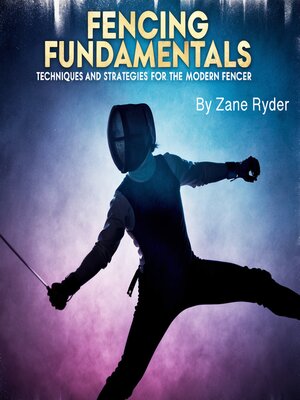Fencing Fundamentals
audiobook (Unabridged) ∣ Techniques and Strategies for the Modern Fencer
By Zane Ryder

Sign up to save your library
With an OverDrive account, you can save your favorite libraries for at-a-glance information about availability. Find out more about OverDrive accounts.
Find this title in Libby, the library reading app by OverDrive.



Search for a digital library with this title
Title found at these libraries:
| Library Name | Distance |
|---|---|
| Loading... |
Fencing is a centuries-old discipline that has evolved from a martial art into a modern sport. Its origins can be traced back to ancient civilizations, where swordplay was both a practical skill for survival and a symbol of honor. Early records indicate that Egyptians, Greeks, and Romans practiced forms of sword combat, blending utility with ritualistic significance.
During the Middle Ages, fencing became integral to European culture as knights and warriors used swords in battle and duels to resolve disputes. These confrontations emphasized honor and personal defense, laying the groundwork for fencing as an art form. The development of the rapier in the 16th century marked a turning point. This lighter, more versatile weapon shifted the focus from brute force to precision and technique. Alongside the rapier, the introduction of treatises, such as the Italian master Ridolfo Capo Ferro's Gran Simulacro, formalized the study of fencing into a structured discipline.
The Renaissance saw fencing flourish as a sophisticated practice. It moved away from battlefield combat to the courts and academies of Europe, where nobility engaged in dueling as a way to showcase their skill and status. Italian and Spanish fencing schools rose to prominence, emphasizing the importance of footwork, blade control, and strategy. These principles remain central to modern fencing.







